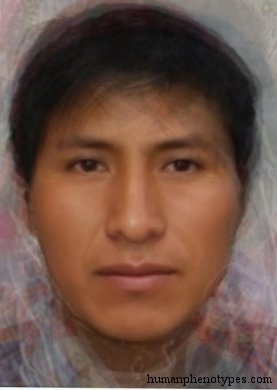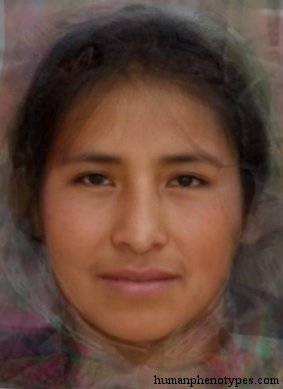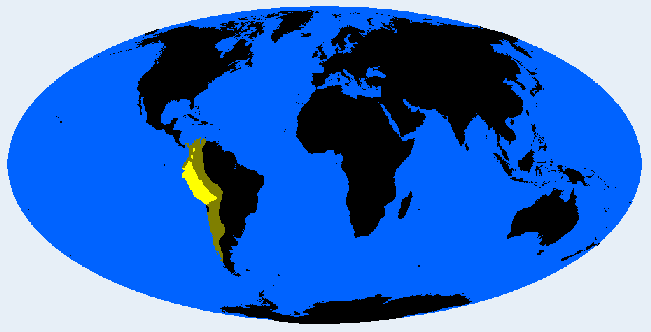Description:
The most important and numerous Andid subvariety, adapted to the high altitudes of the Peruvian and Ecuadorian Andes. Typified by Quechua. The dominant element in the ancient Inca Empire – the largest in pre-Columbian America. Still the most numerous Native American type even today with more than 10 million individuals.Physical Traits:
Medium, sometimes dark olive-brown skin with straight, sometimes wavy hair. Short, mesoskelic, endomorph to mesomorph with a large thorax, an adaption to the high altitude. Meso- brachycephalic, hypsicranic, rather small-headed. Mildly leptorrhine, long and often hooked nose that may appear Orientaliform. Large and long face with marked features, especially in men, often giving a serious expression. Chin relatively prominent, forehead receding. Eyes mildly slanted.Literature:
Defined as the Northern Andid variety by Eickstedt (1934) and Drexel (1955), based on earlier studies (e.g. Ferris, 1916). Part of Andid (Canals Frau, 1950; Lundman, 1967; Knussman, 1996) or combined with Pubelid in Pueblo-Andid (Imbelloni, 1952; Biasutti, 1967) / Pervuid (Lundman, 1943).







